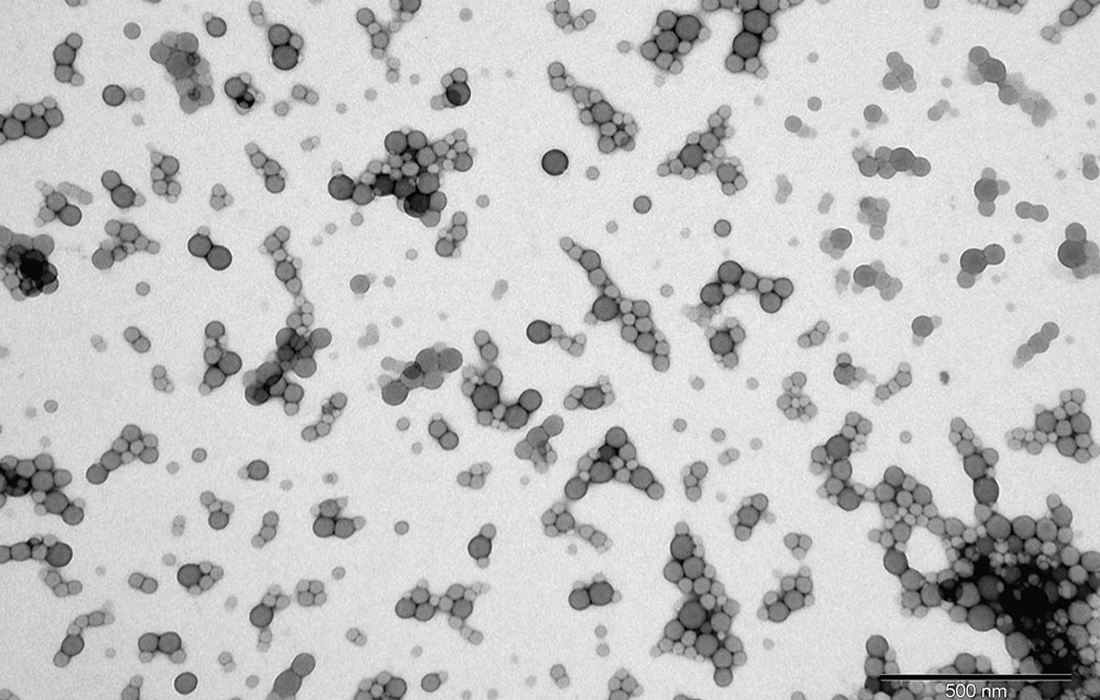Regenerative Medicine News and General Information
Microplastics Presence Confirmed In Placenta and Newborns
Globally we are in close and frequent contact with plastics and their degradation products, particularly nano and microplastics (NMPs). Because of their complex physical and chemical properties, they may negatively affect human health. But these exposures and their health implications remain largely uninvestigated and unknown.
Plastic comes in thousands of different forms. Microplastics don’t just contain plastic but carry a variety of toxic chemicals as well.
Plastic might have phthalates and metals added for color, stabilization, or as a biocide, for example. Several of these substances are harmful to children’s health. When microplastics end up outdoors – for example as particles from car tires – this plastic core is often coated with air pollution and car exhaust.
In a recently published study, published in the journal Environmental Health Perspectives, researchers tried to summarize the knowns and unknowns around child and pregnancy-relevant exposures to NMPs via inhalation, placental transfer, ingestion, and breastmilk, and dermal absorption.
The researchers did a literature search to summarize the current data available on NMPs. They found 37 research articles on the health relevance of NMPs during early life and revealed major knowledge gaps in the field.
Recently, microplastics were discovered in human placenta (Ragusa et al. 2021), meconium, and infant stool (Zhang et al, 2021; Schwabl et al. 2019; Braun et al. 2021). Yet the impacts of exposure to plastic particles during early windows of vulnerability are almost entirely unknown. Our lack of knowledge on the health impacts of NMPs and the chemicals they carry prevents evidence-based assessment and effective management of the potential health risks arising from plastic exposures (Senathirajah et al. 2021).
A 2019 systematic review by the Norwegian Food Safety Authority found that it is currently impossible to assess the health risks of NMPs.
We know that early life exposures to chemicals, even in small quantities can cause a big impact in human health over the entire life span. That is why more studies are needed to evaluate the possible health impact of NMPs.
Sources:
Kam Sripada, et al. A Children’s Health Perspective on Nano- and Microplastics Environmental Health Perspectives 130:1 CID: 015001 https://doi.org/10.1289/EHP9086.
Norwegian University of Science and Technology. (2022, Feb 1). Impossible to prevent children from ingesting microplastics. Retrieved from:
https://www.eurekalert.org/news-releases/941768
Image from:

